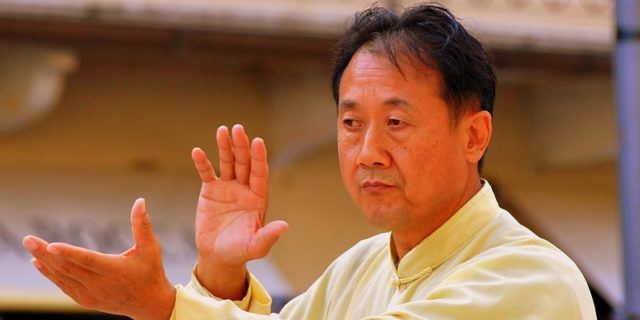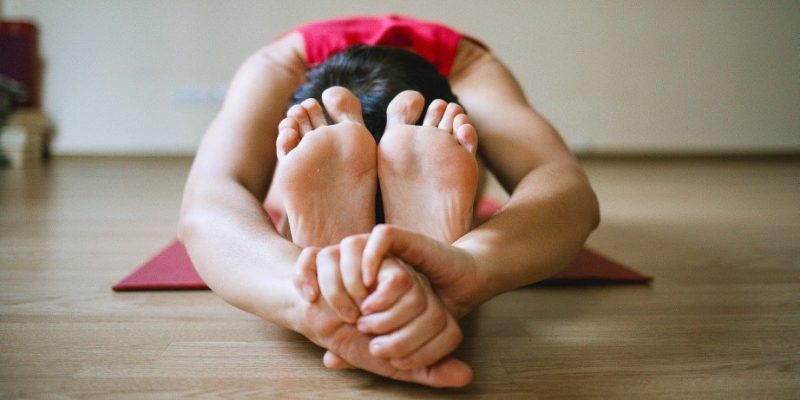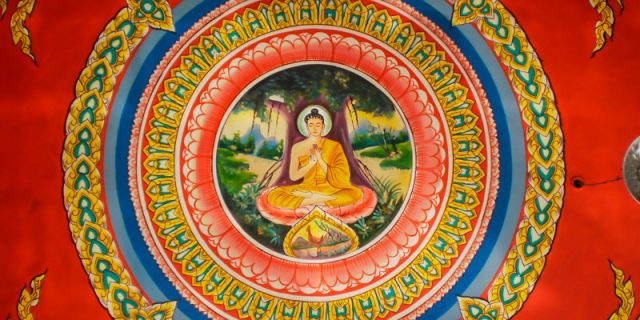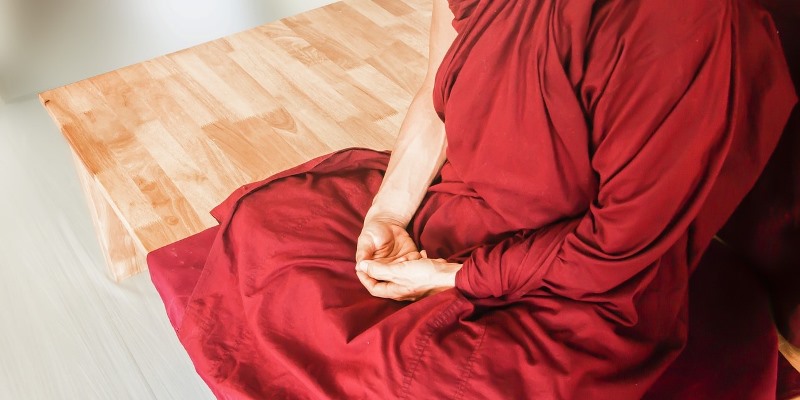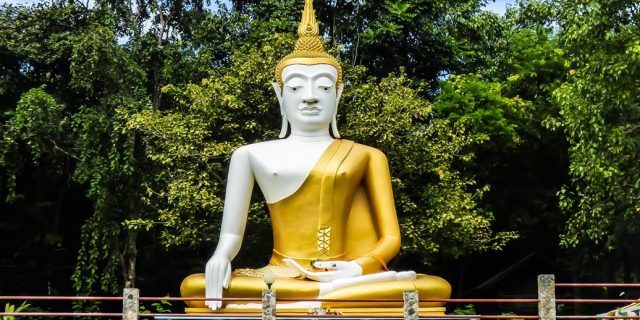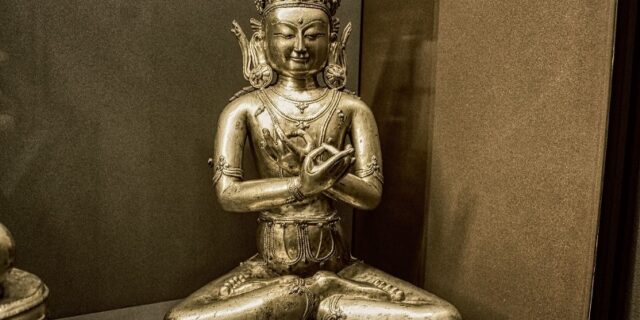
Breathwork, in particular breath awareness and a variety of conscious breathing techniques, has an age-old relationship with meditation practices, notably with those found in ancient Indian, Tibetan, and Chinese cultures.

Traditionally, there have been various aims for breath awareness and breathing exercises within meditation. For instance, breath awareness has been (and is still) used to calm down the body as well as to discard thoughts arising in the mind in order to acquire deep focus and one-pointed concentration for effective meditation, with the ultimate goal of attaining higher levels of spiritual awareness, spiritual insight, or spiritual enlightenment.
Breath awareness, for instance such as practiced in Anapanasati Mindfulness Breathing and in Vipassana Meditation, is basically used as a tool that can support us to stay in the present, the here-and-now, as such gaining better abilities to “see what is going on” in ourselves.
Consistently performed breath awareness can also serve as a means to counteract physical, emotional, and mental distractions during our meditation practice by continually returning to paying full attention to our breathing pattern.

Apart from cultivating passive, mindful, and non-judgmental breath awareness exercises, there are many specific breathing techniques that are used to more actively calm down body and mind. Typically, although not exclusively, these include variations of slow, deep, Abdominal Breathing techniques.
Special breathing techniques may also be used to actively control and direct Vital Life Energy i.e. Prana through the body’s Life Energy Channels and Chakras, for instance along the spinal column from the bottom up to the top of the head in order to arise Kundalini Energy for meditation purposes.
Additionally, an abundant variety of Yogic Pranayama breathing exercises may be applied to bring about a fruitful meditation practice, for example by “unblocking or cleansing” Life Energy Channels, or by loosening-up physical tensions in the body.







